About eight years ago, I bought a Dell XPS 420 pictured above. This was an Intel Core 2 Quad Q9550 running at 2.83ghz. With 8GB of ram. Despite running reliably for over 8 years, the main problem was that the case was a piece of crap. The ventilation on it was horrible, and the (2) supported hard drive slots were just ran too hot. I modded the case adding multiple 120mm fans for an improvement, but this case was never going to support more than a couple drives. Never mind, also, that the motherboard was a BTX format. You’ve read right, BTX. Not ATX. Not microatx. Not ITX. BTX. As in the supposed next gen motherboard format. It didn’t pan out. Despite being (8) years old, this processor still ran like a champ, though, and due to previously virtualizing the physical Windows 10 machine with VMware Workstation, I had no other use for the hardware.
Now enter https://www.reddit.com/r/datahoarder. These guys are my heros. I feel at home with other people storing tens to hundreds of terabytes. at home. for no reason other than to do it! I was in heaven! This was my inspiration.
Here were my goals:
- Use my existing processor and 8GB ram. There’s nothing wrong with them, plus this processor can be OC’d, if necessary.
- Build something with reasonable performance and obvious bottlenecks removed.
- Make sure that the solution that I implement can be upgraded at a later date. Don’t spend money that will simply be thrown away.
Here’s what I ended up with:
PCPartPicker part list / Price breakdown by merchant
| Type | Item | Price |
|---|---|---|
| CPU | Intel Core 2 Quad Q9550 2.83Ghz Quad-Core Processor | Purchased For $0.00 |
| CPU Cooler | Cooler Master Hyper 212 EVO 82.9 CFM Sleeve Bearing CPU Cooler | $24.88 @ OutletPC |
| Motherboard | Intel DQ45CB Micro ATX LGA775 Motherboard | Purchased For $22.50 |
| Memory | Wintec Value 4GB (2 x 2GB) DDR2-800 Memory | Purchased For $0.00 |
| Memory | Wintec Value 4GB (2 x 2GB) DDR2-800 Memory | Purchased For $0.00 |
| Storage | PNY CS1311 120GB 2.5″ Solid State Drive | $39.99 @ Best Buy |
| Case | Cooler Master Storm Scout 2 (Black) ATX Mid Tower Case | $96.99 @ Best Buy |
| Power Supply | Antec 550W 80+ Gold Certified Fully-Modular ATX Power Supply | $89.99 @ SuperBiiz |
| Other | SAS9211-8I 8PORT Int 6GB Sata+sas Pcie 2.0 | $99.35 @ Amazon |
| Other | iStarUSA BPN-DE340SS-RED Red Color 3×5.25 to 4×3.5 SAS / SATA Trayless Hot-Swap Cage | $91.00 |
| Prices include shipping, taxes, rebates, and discounts | ||
| Total (before mail-in rebates) | $474.70 | |
| Mail-in rebates | -$10.00 | |
| Total | $464.70 | |
| Generated by PCPartPicker 2016-11-30 17:28 EST-0500 |
Rationale for new parts:
CPU Cooler: Pretty popular one, and could easily dissipate the 95W from that processor. I might overclock, so that cooler gives me headroom.
Motherboard: It was $22.50 shipped, supported my processor, supported my DDR2-800 RAM, had (5) onboard SATA II’s which should support most hard drives just fine. I don’t think new compatible motherboards are made any longer for this processor. Onboard video is nice because then I can use the PCI-e 2.0 x16 slot for the SATA card below. Gigabit LAN. This part would be thrown away (along with the CPU and RAM) once I decide to upgrade.
Storage: PNY1311. This is basically the cheapest SSD that still got decent reviews. It was about $40 for the 120gb model. I’m planning on running linux. I think my current install takes around 9gb. I’ll have plenty of room. Besides, I’m not actually copying any large amounts of data to or fro on it. I don’t want to use a spinning drive for the OS boot device.
Case: Although I’m not a big fan of the shape, it has a few things going for it. It has a nice carry handle at the top. It has plenty of venting including room for (9) fans — (3) included with the purchase. It has a side window. The INTERNAL hard drive slots number about 7. The hard drive slots face OUT of the case which makes AMCs very good. The (3) external slots are very useful for the drive cage below. Supports both 2.0 USB on the front panel AND 3.0. This is perfect — 2.0 for now, 3.0 for later!
Trayless hot-swap cage: This is very nice feature. I bought the 4-banger instead of the 5-banger because the 4 inserts better than the 5. It’s great to add, move, change a drive without taking the case side off. It fits because it has specific support for rails in between the three external slots. The other versions will likely require you to mod your case! Pay attention to the slots cuts into the sides of certain units.
Power Supply: 550W should be sufficient. The processor takes 95W. I wanted to add plenty of headroom for powering drives. Fully modular is really nice for cable management.
LSI 9211-8i SATA card: This card supposedly has great Linux support, and many people in the datahoarding community recommended it. I sent an email recently about support and got emailed a useful answer back within 5 minutes!! This card supports (8) SATA ports at 6.0gbps each. I’m willing to bet this interface is faster than the on board ports!
Capabilities
- (4) hot-swap trayless drive bays available with easy in/out. I’m a little worried about the small 80mm fan on the back of this. I’m going to monitor temps on these drives.
- Physical support for about (10) drives. I’m using one of the bays for the OS boot drive SSD.
- Proper power supply. Those drives might take as much as 250 watts PEAK on startup.
- I think a 2.83ghz quad-core (non HT though!) should be beefy enough for a NAS box. We’ll see!
- 8GB of RAM should also be sufficient for a mostly headless Ubuntu install.
- While this is the physical SETUP, what’s the logical one going to be? I’m not sure. I think Ubuntu 16.04 LTS, SnapRaid, mergerfs, with rclone/crypt going to Amazon Clone Drive.
Wish list for next upgrade
- USB 3.0 for fast flash drive access. I might buy a PCIe 2.0 x1 card for this soon!
- Modern hyperthreaded processor. I have to learn where the bottlenecks for this current/new system would be!
- Maybe dual gigabit with some bonding capability. Yes, I’d have to upgrade the switch too. Not sure how cost effective this is. I can see how 125MB/s isn’t going to cut it if I end up striping somehow.
- ECC RAM for sure. Again, how much does that increase my overall costs?
- I’d love to have most/all drives be external drive cages. Support for 10-12 drives externally!
Please feel free to comment below. Especially if you have ideas for how to provision this box. My LSI card comes in a couple days.
UPDATE Dec 2016
I had major compatibility problems with the DQ45CB motherboard and the LSI 9211-8i card. The main problem was that the mobo detected the LSI card as a video card, and shut off the needed onboard video. When I added a PCIe x1 video card, then Ubuntu started throwing a bunch of errors. And Windows 10 wouldn’t even boot. After days of fighting to resolve the various conflicts, I simply ended up buying some new stuff. More expensive, yes, but simpler with a better end result. I ended up adding:
- Intel E3-1275v5 processor at 3.6ghz. Quad Core / 8 Threads. Supports ECC RAM
- Supermicro motherboard x11ssh-F-O. Supports ECC, 8 onboard SATA ports, plenty of PCIe slots, USB 3.0, and everything else you’d expect
- 32GB of DDR4 ECC. It’s the slowest DDR available, but this is what’s supported with the CPU/mobo combination
- A couple WD 4TB Gold drives, and a couple WD 8TB Gold drives. These are probably the best drives in the world for my application, have long 5-year warranties, high MTBFs, and I’m really hoping I get the ROI I think I’m paying for.
This is now probably more than just a NAS. It could easily host a few VMs, with processor time to spare.
Software-wise:
- Windows 10. Ubuntu 16.04 LTS isn’t directly supported by my motherboard, and again, I’m taking the path of least resistance. Windows 10 is fine and supports my preferred pooling solution.
- StableBit DrivePool. Really sweet software, and it’s driving my OS choice. mergerfs on Linux seems to still have many issues to work out, and StableBit (despite being ~$56 commercial) just seems more reliable with tons of configuration features to really dial in what I need. Love it so far.
- rclone with encrypted Amazon Cloud Drive for backup. This is my current backup solution, although it’s lacking in many ways. ACD will accept my full 150mbps pipe, which just kicks butt for fast uploading. It’s free. I still have to come up with versioning and better backup support. rclone is fantastic, but it just lacks some key features that I’d like to layer on top.
- SnapRaid for my hashing, silent bit corruption detection, and repair needs. This software seems plenty mature, and it essentially works but I’m simply not happy with how it’s working with the rest of my setup. Maybe my setup needs to stabilize a bit before SnapRaid will make sense?


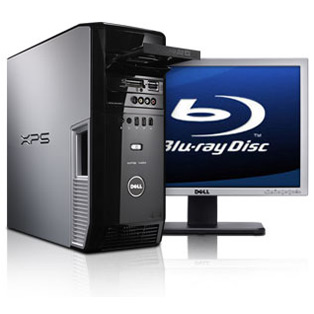
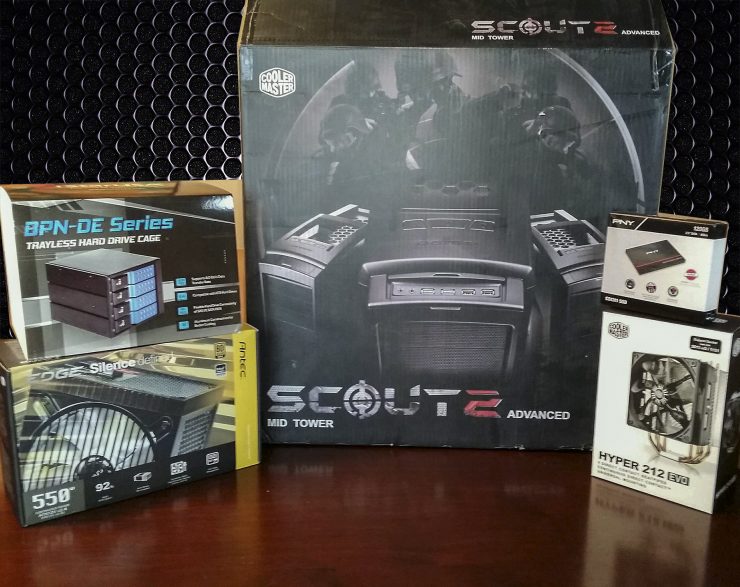

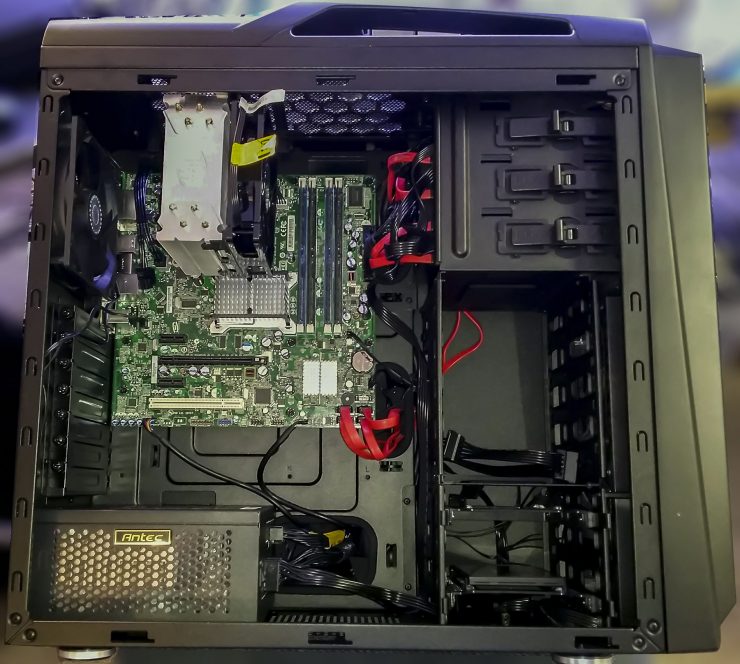
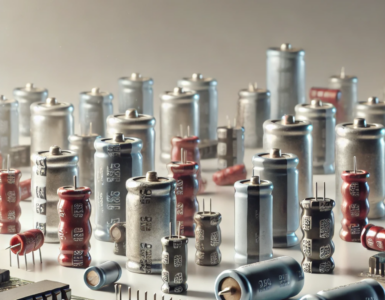
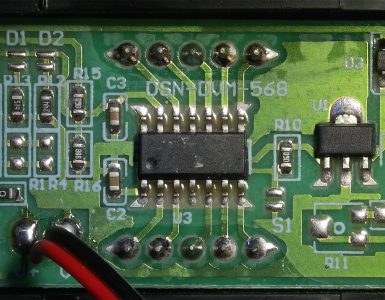
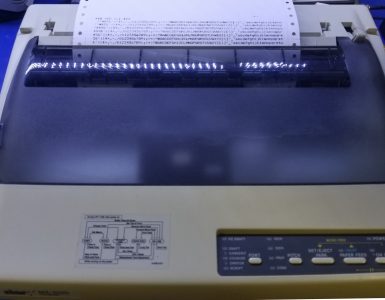










Add comment